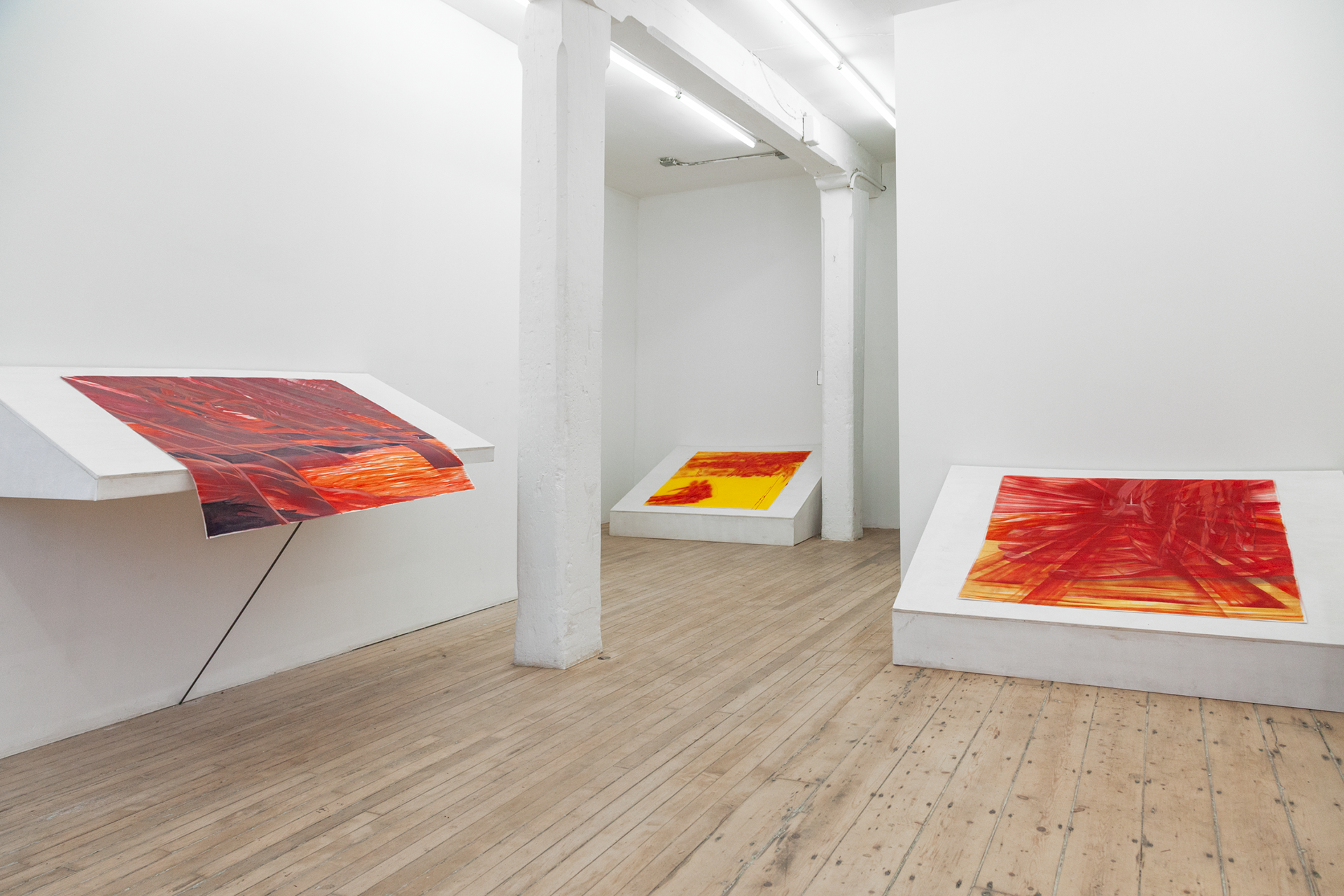
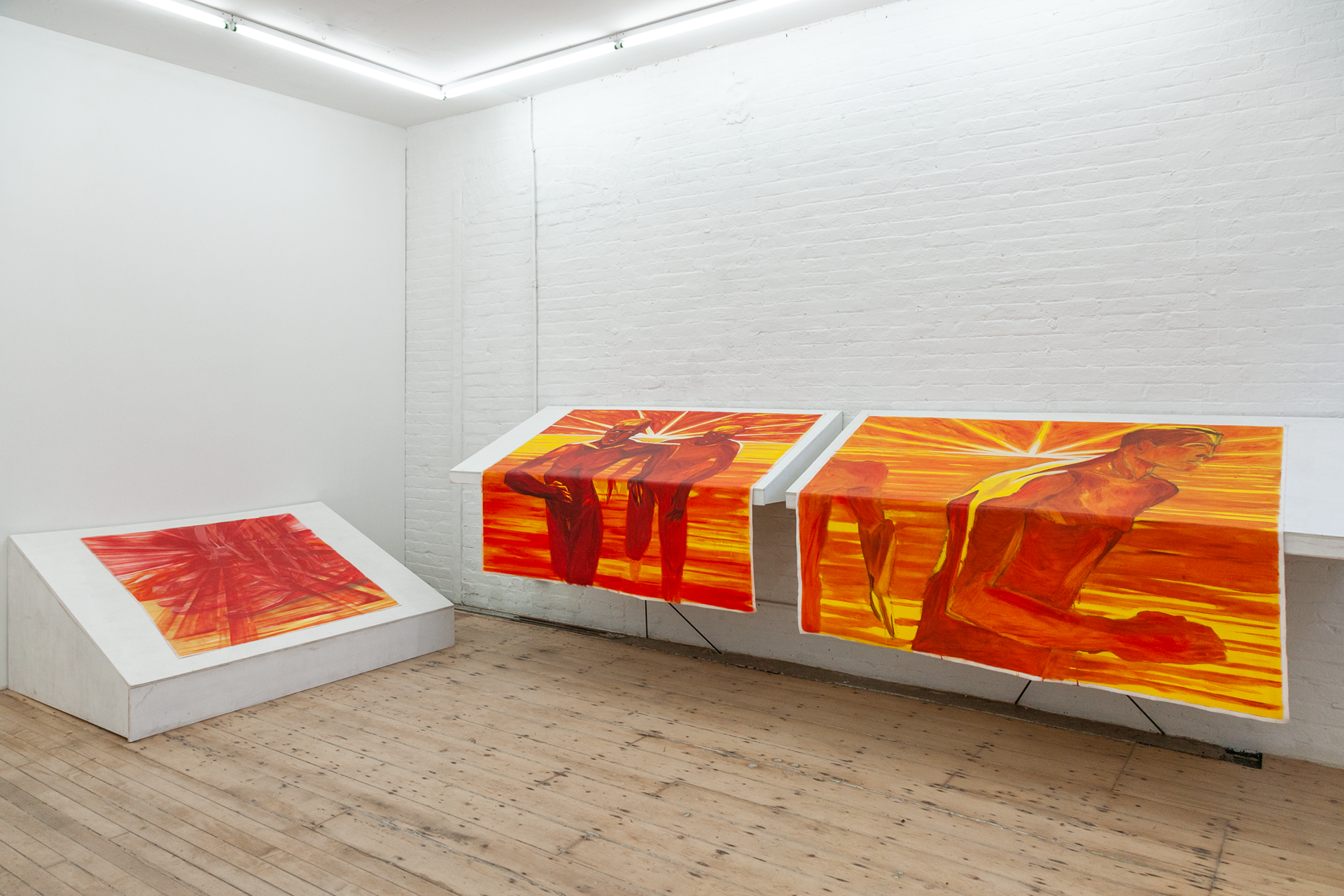
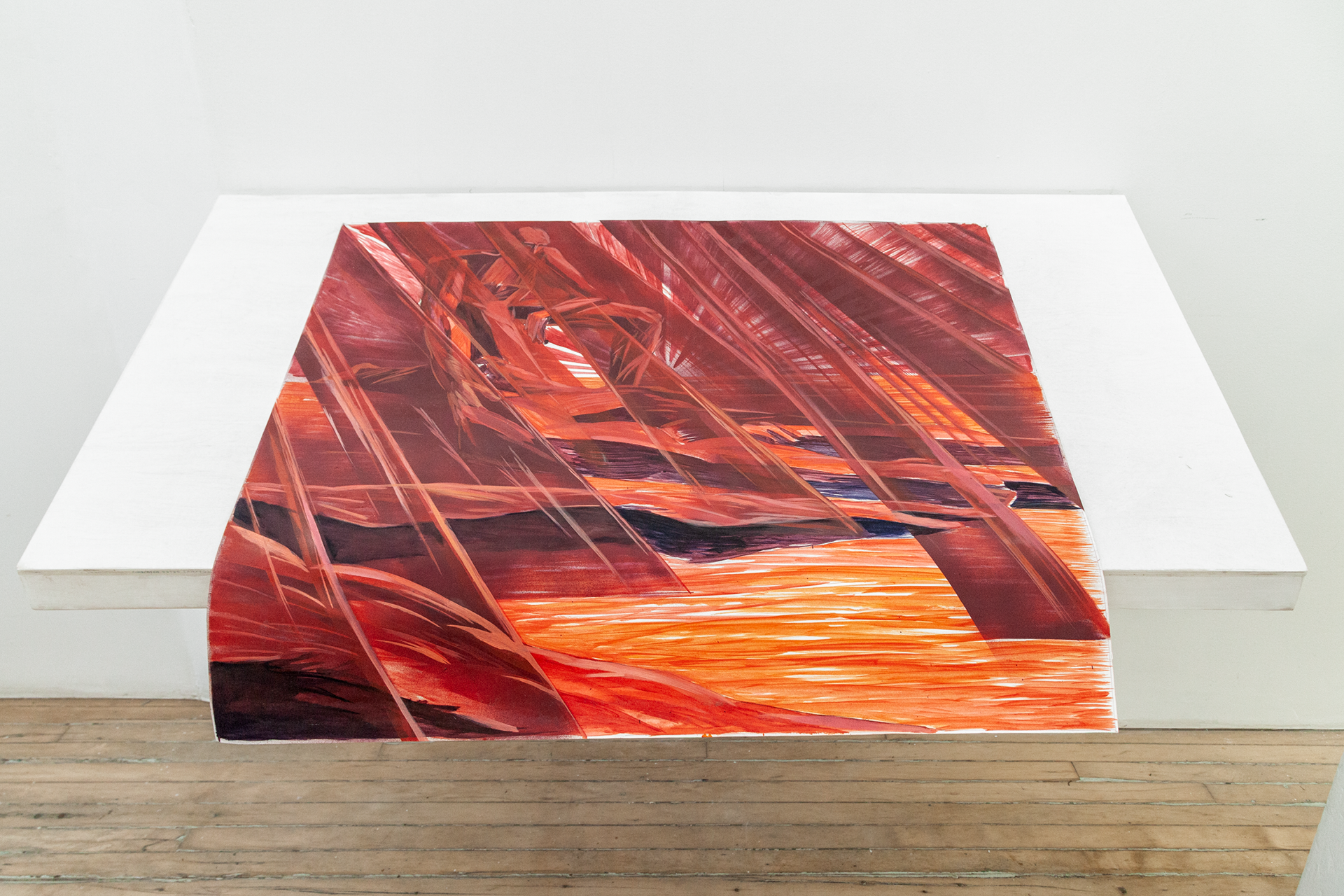
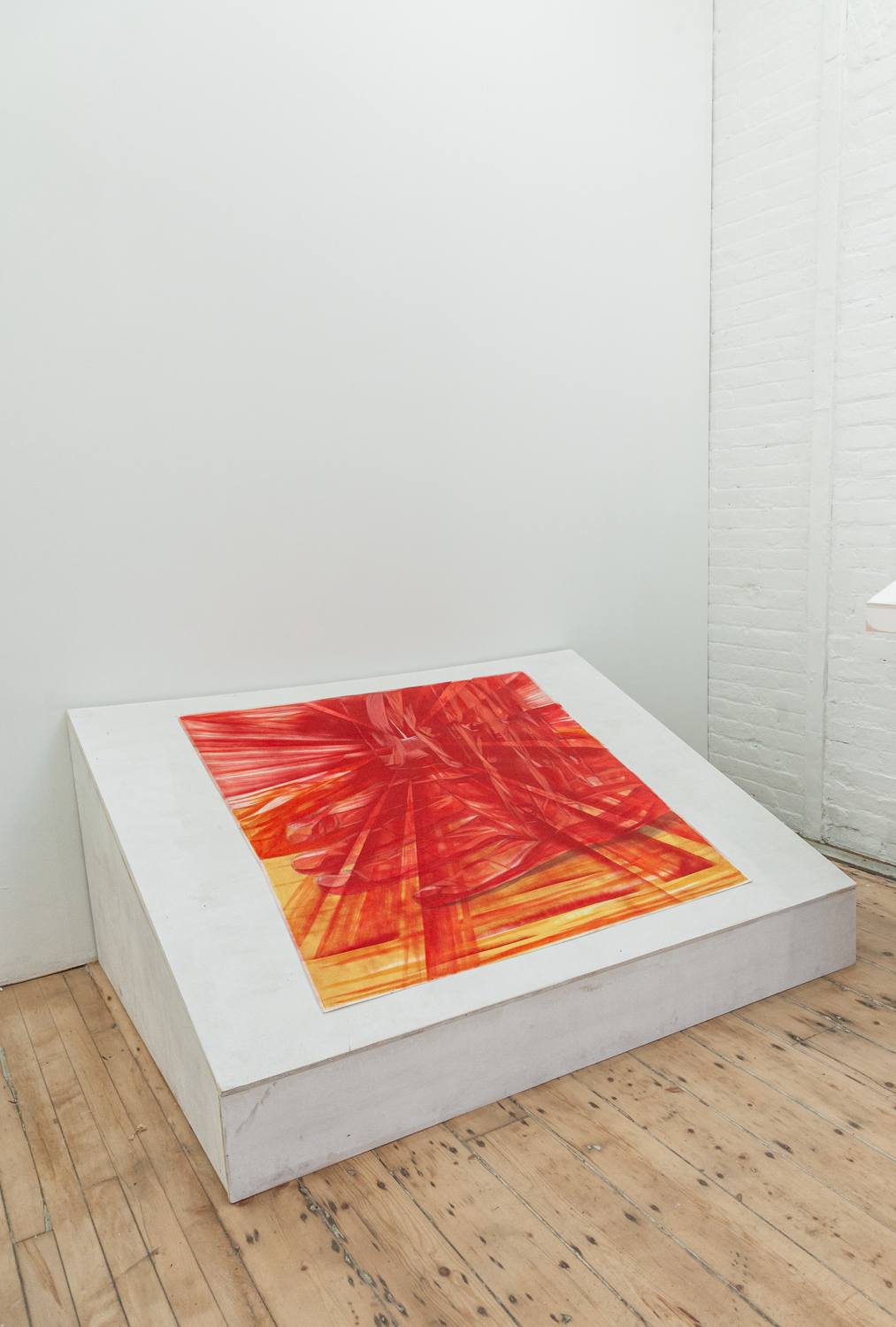

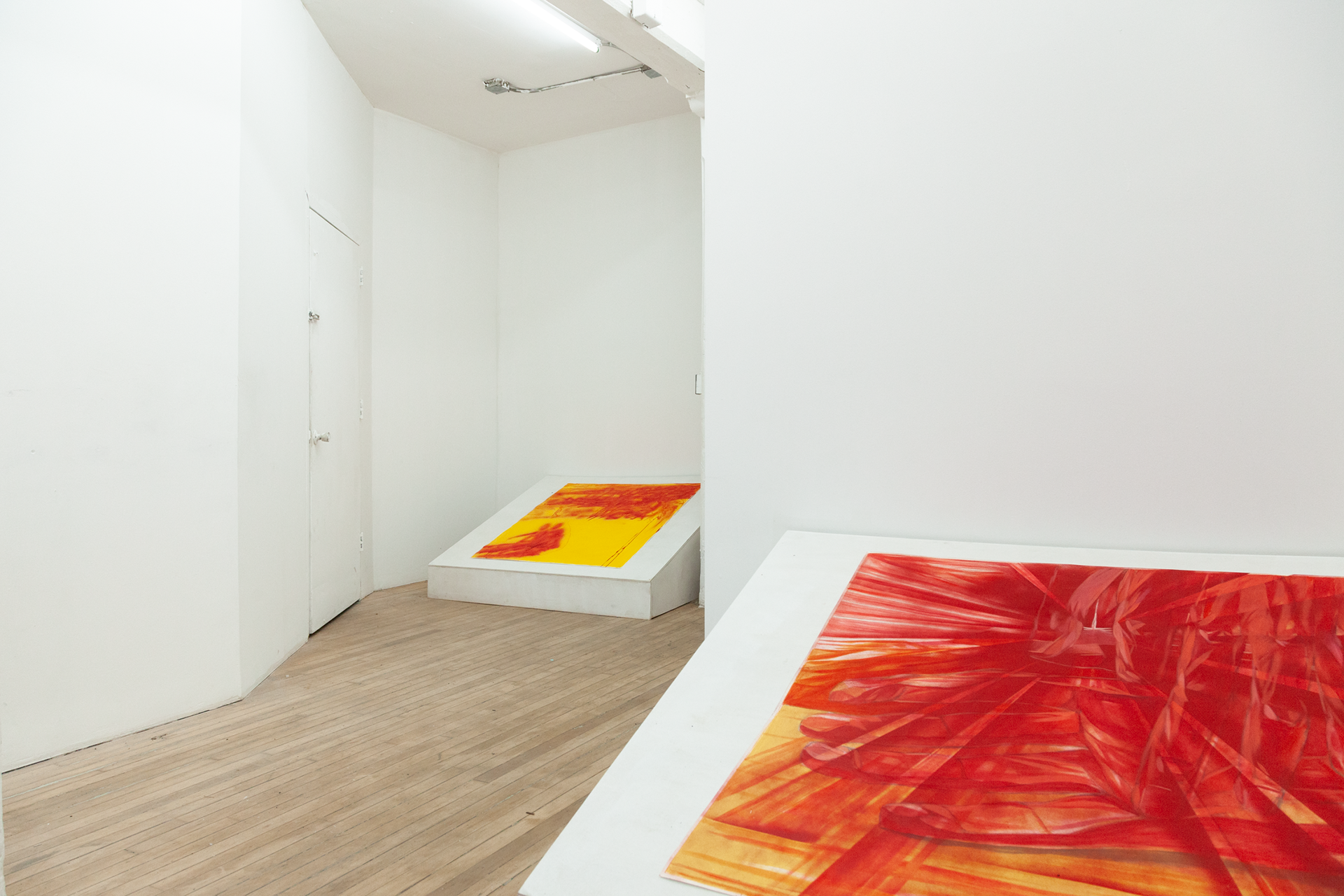
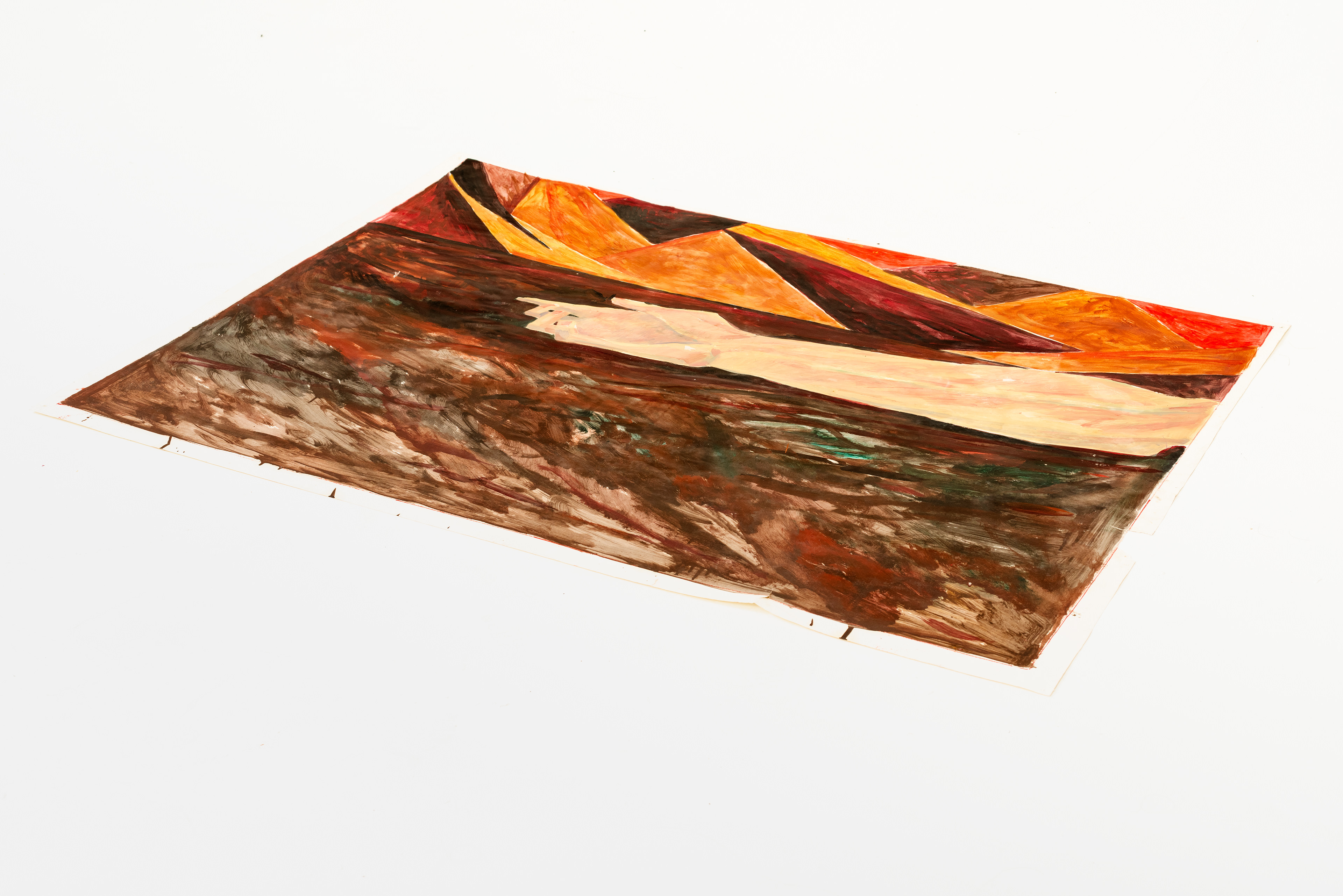
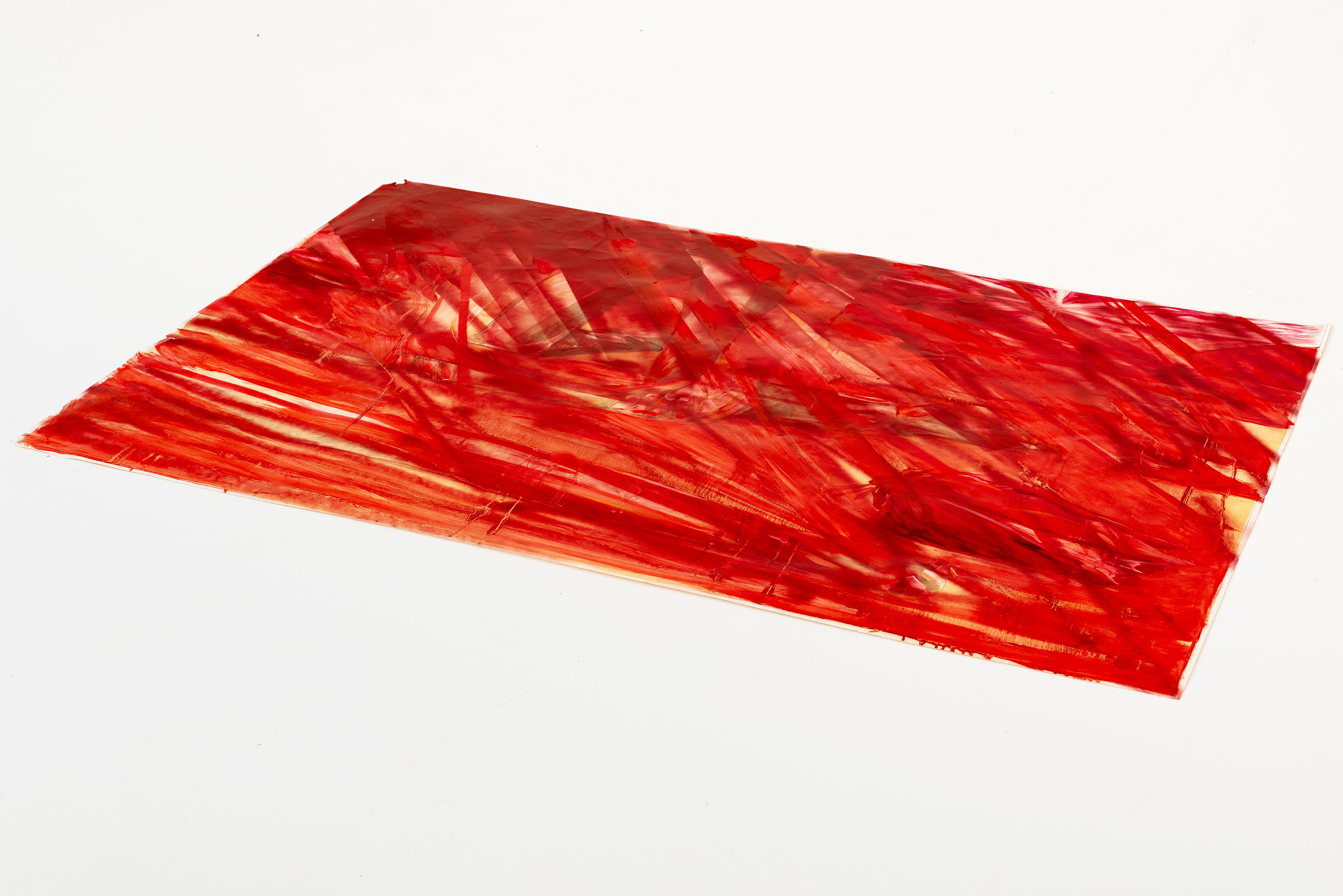
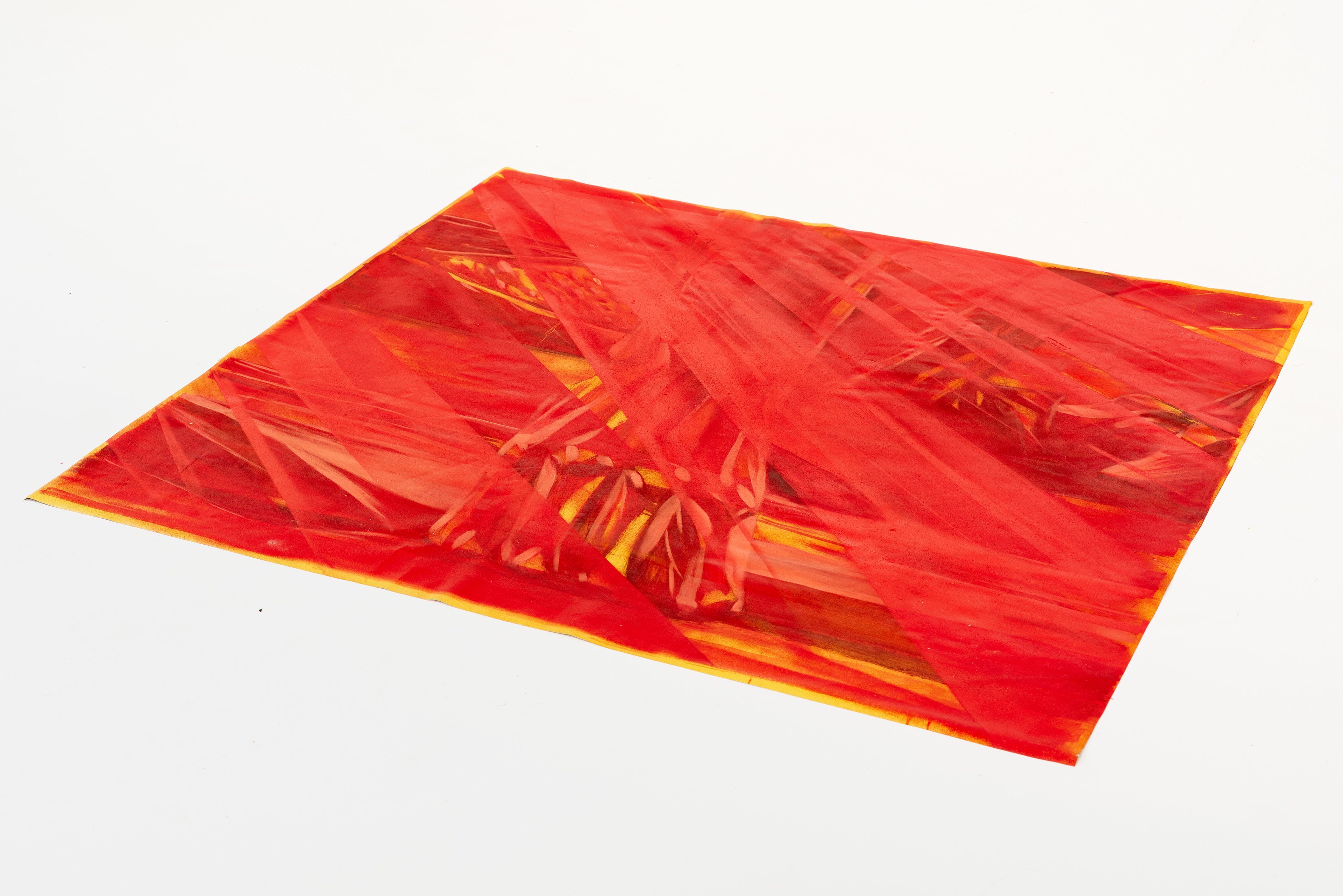
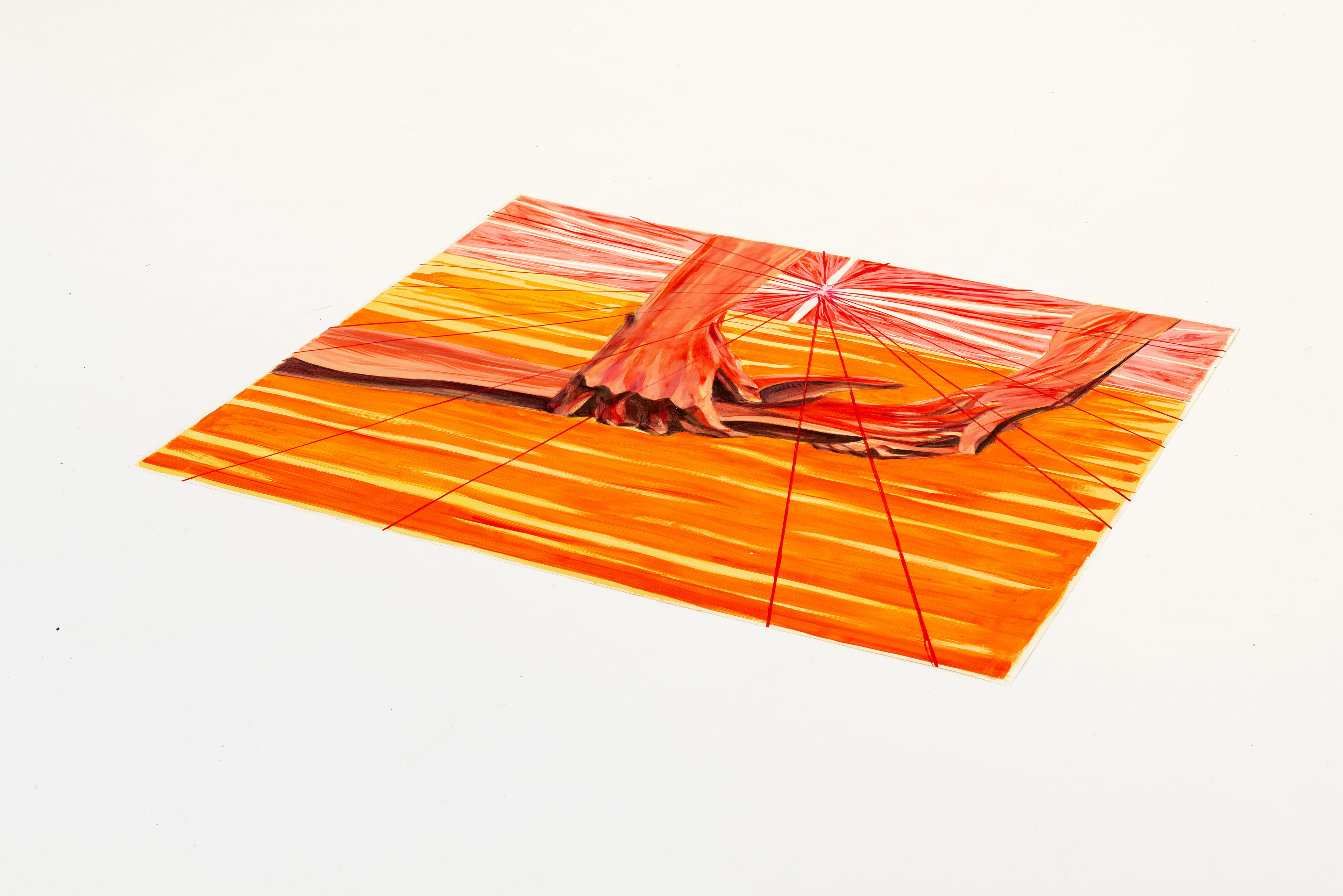
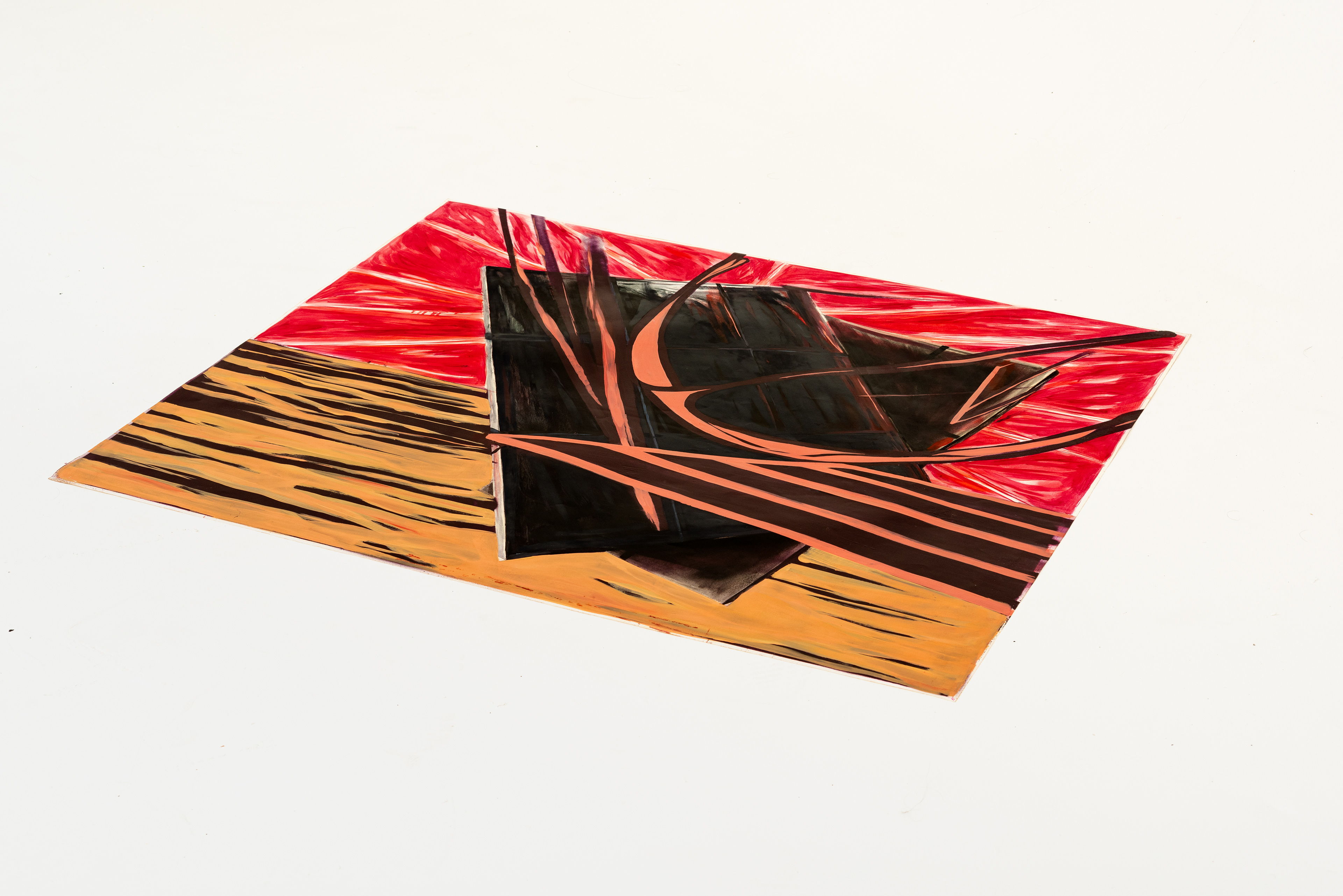
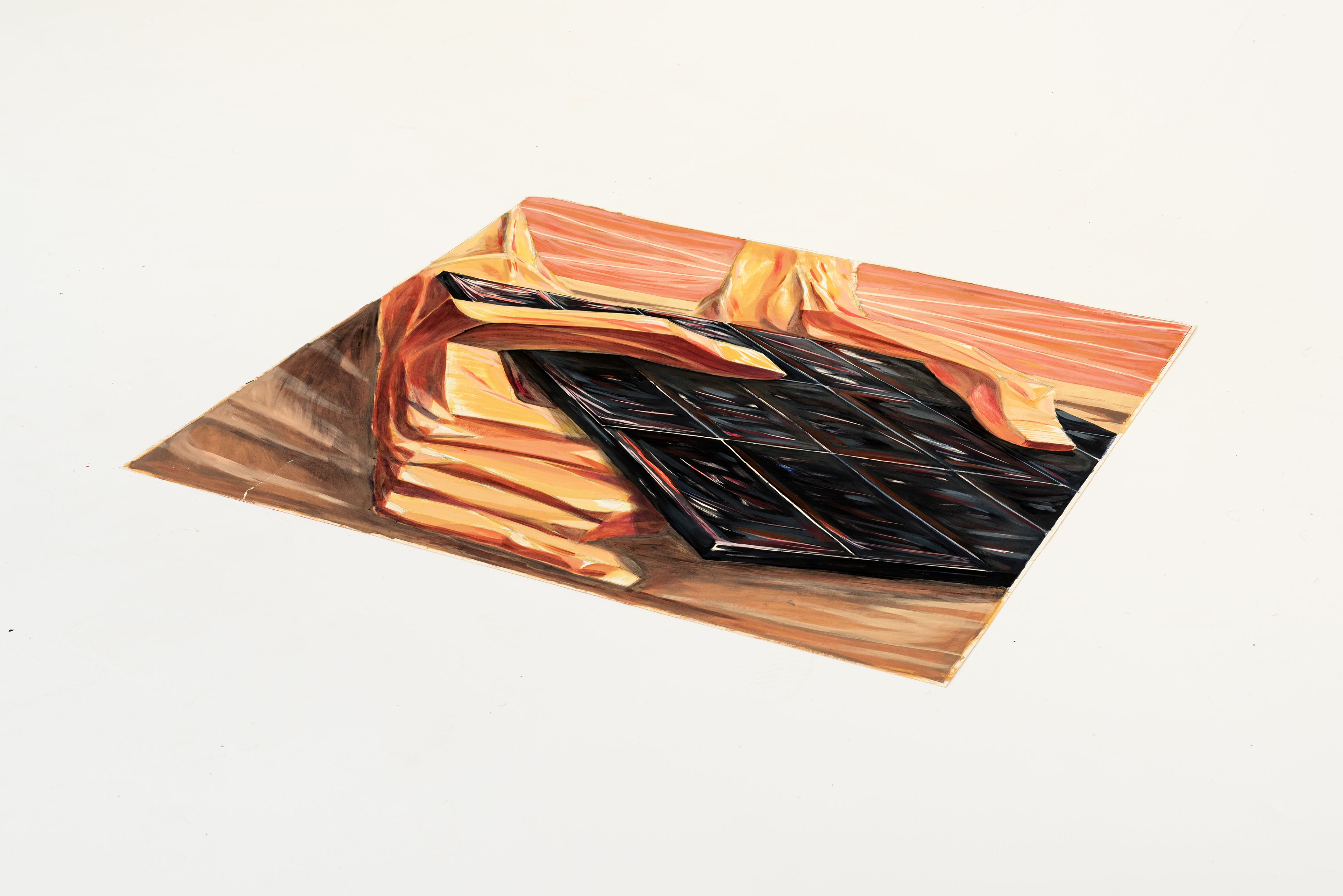
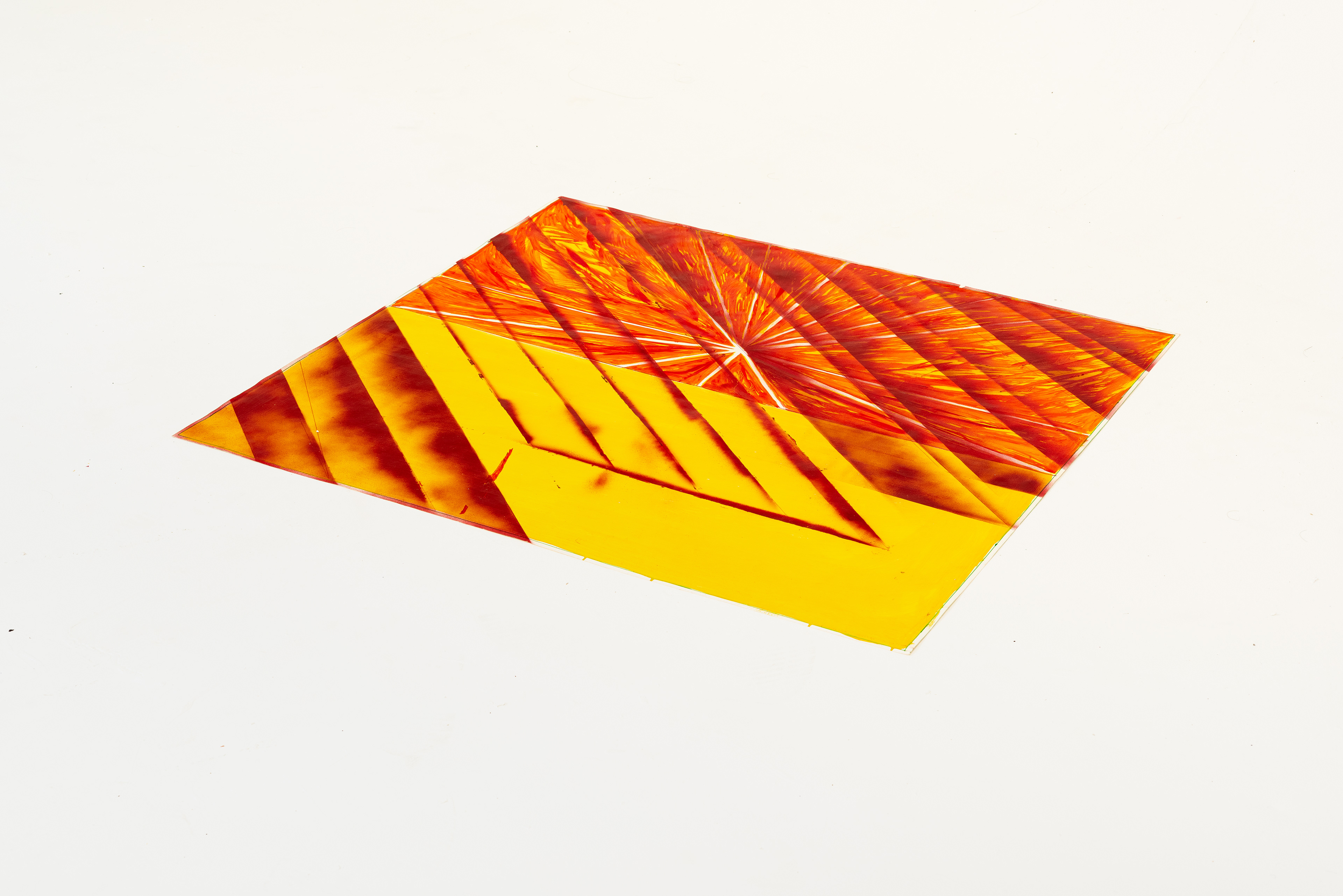
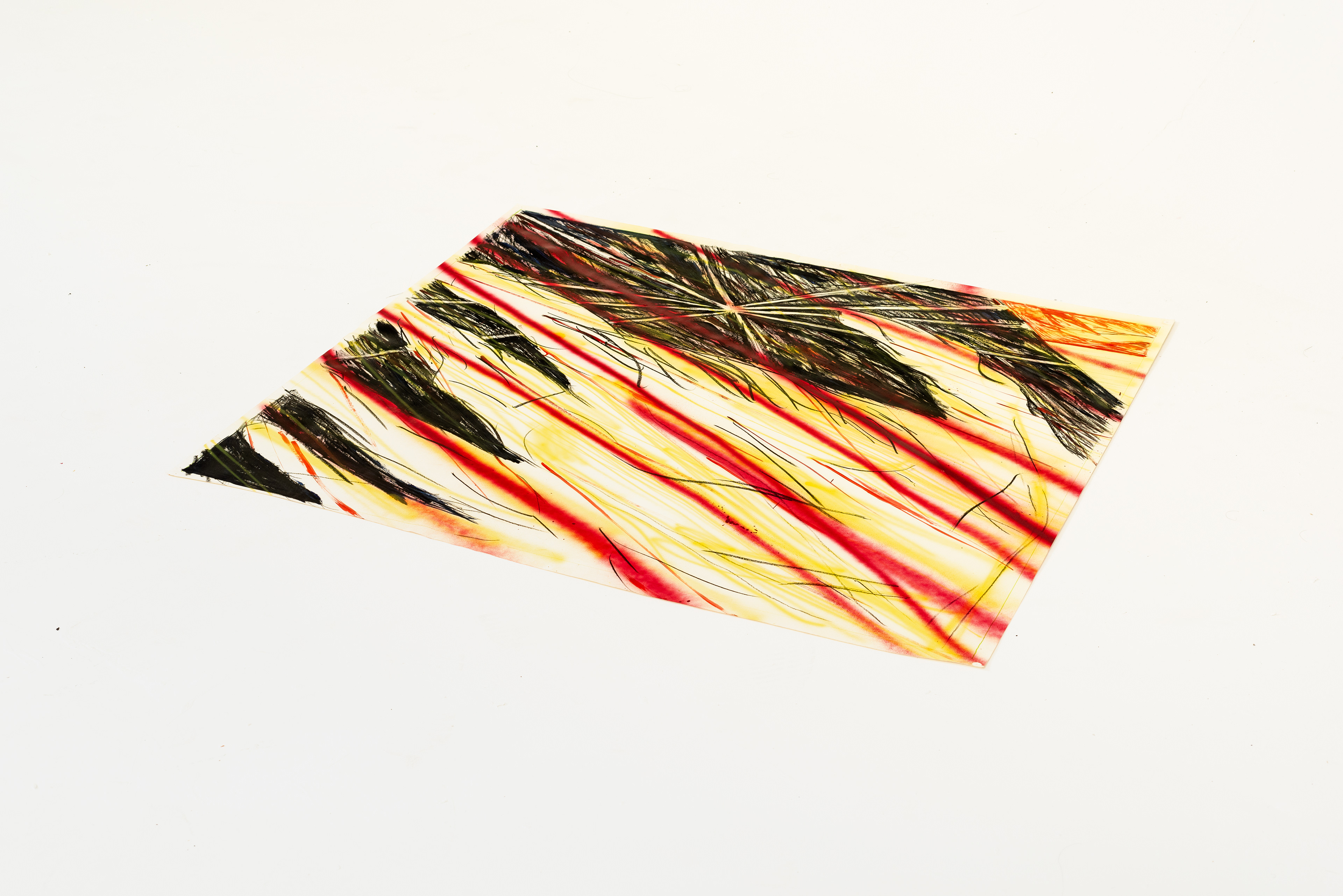
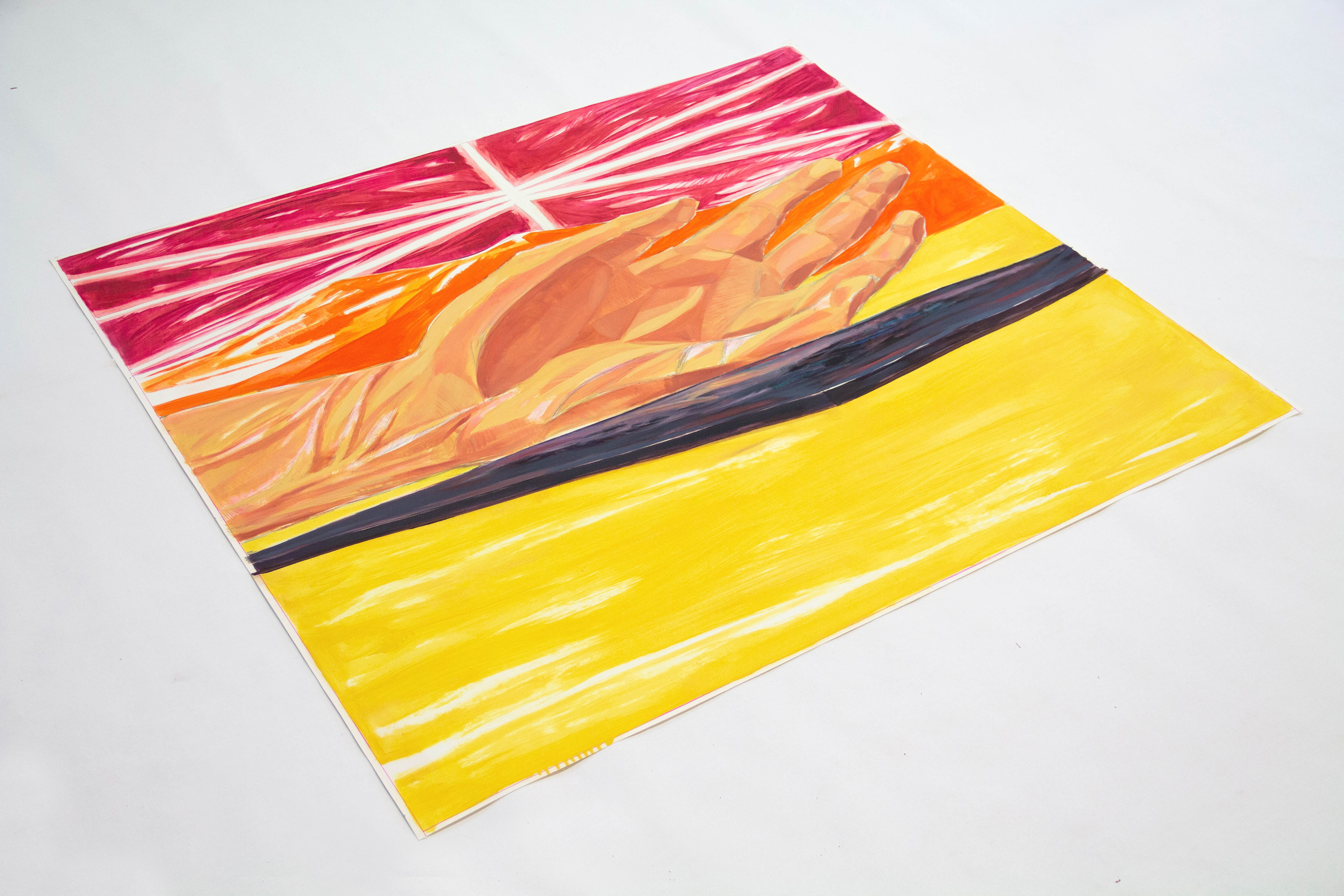
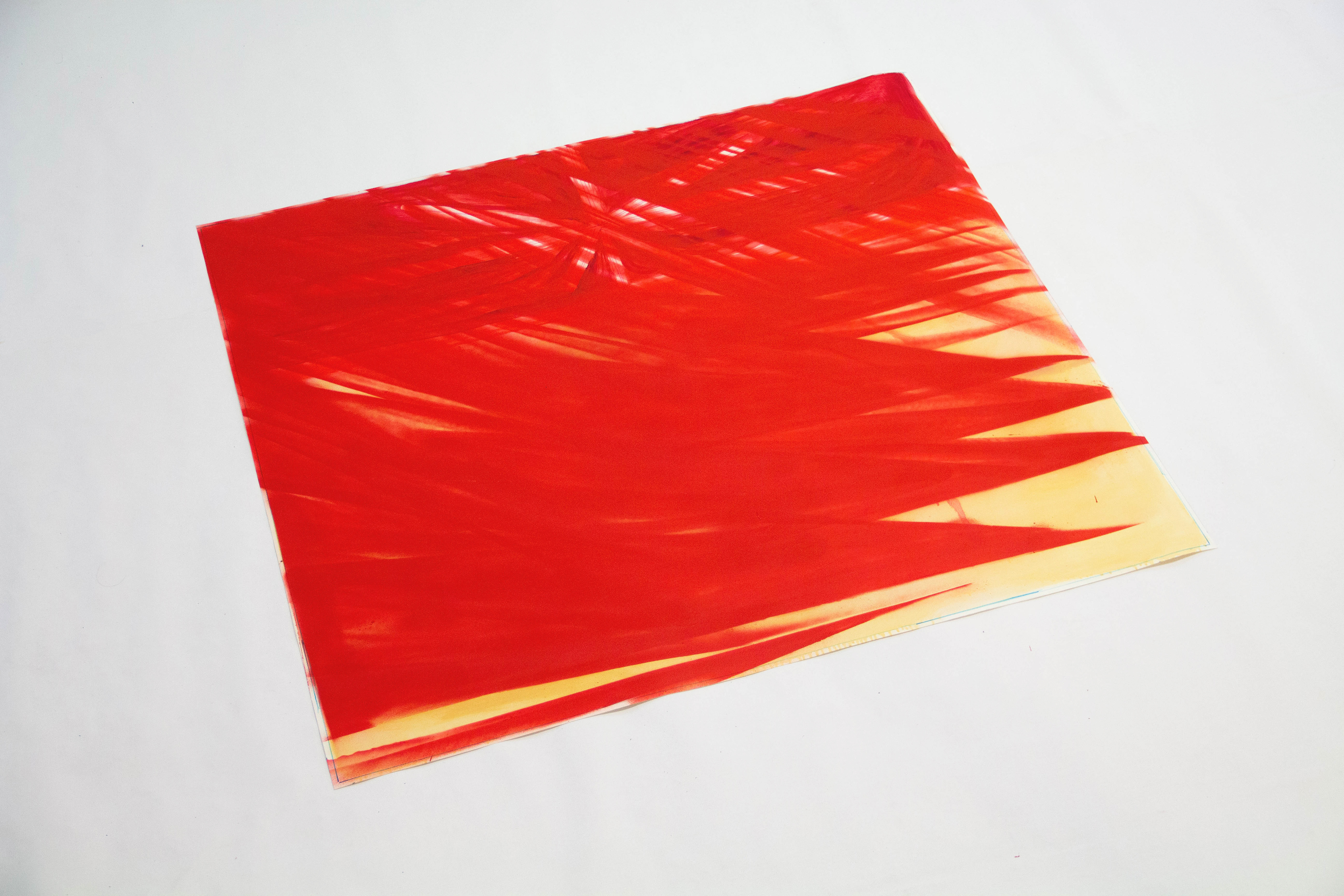
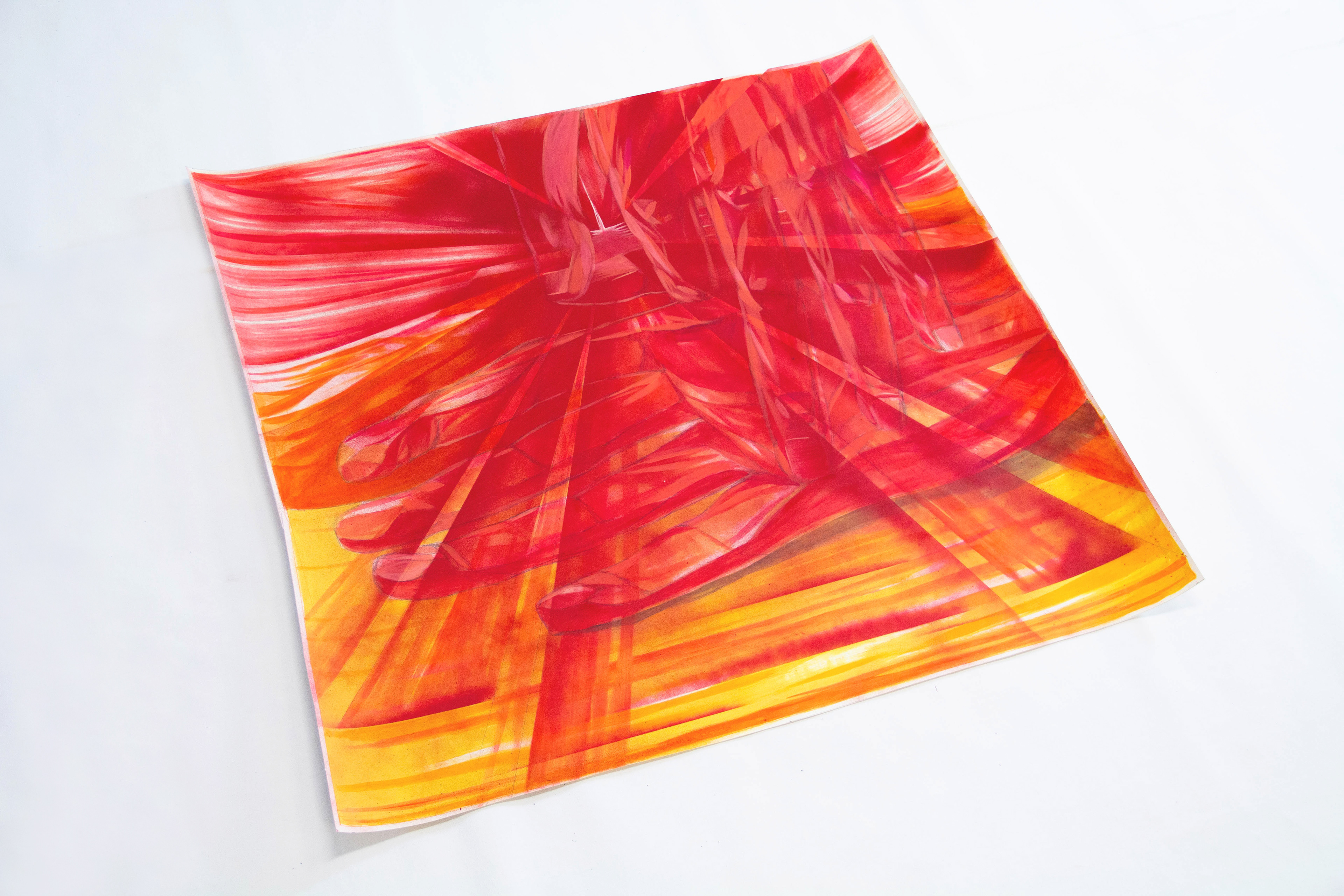
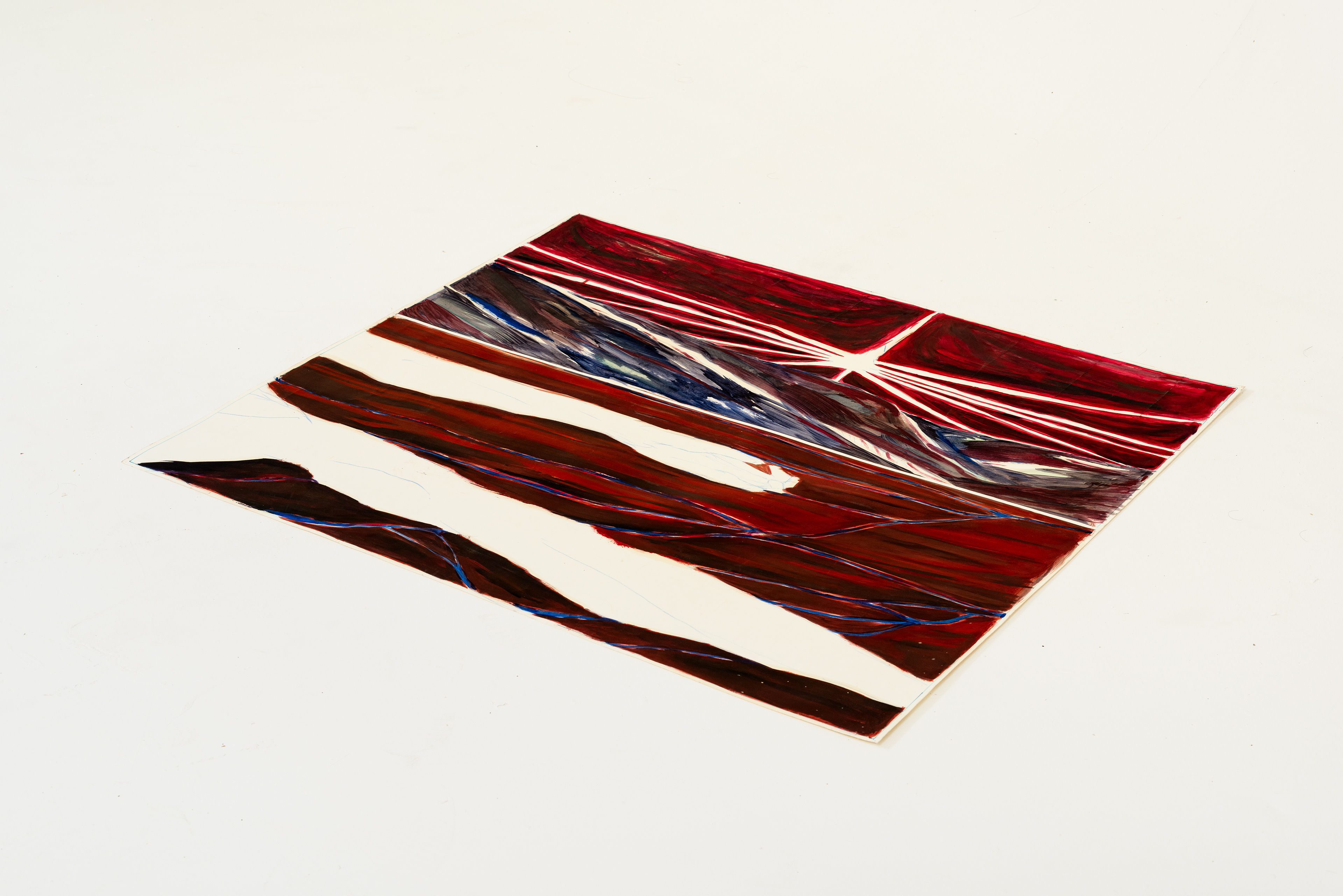
titles:
1. Exhibition view
2. M.A.L.E.H. Donbas bathers I,II, 60 x 48 inch(152 x 122 cm), canvas, oil, 2020,
M.A.L.E.H. #12, 41 x 41 inch(104 x 104 cm), paper, oil, 2020
3. M.A.L.E.H. #18, 41 x 34 inch(104 x 86 cm), paper, oil, 2021
4. M.A.L.E.H. #12, 41 x 41 inch(104 x 104 cm), paper, oil, 2020
5. M.A.L.E.H. #22 (Rockaway Beach), 41 x 41 inch(104 x 104 cm), paper, oil, 2021
6. Exhibition view
7. M.A.L.E.H # 16, 41 x 50 inch (104 x 127 cm), paper, oil, 2020
8. M.A.L.E.Hs # 4, 41 x 53 inch (104 x 134 cm), paper, oil, 2019
9. M.A.L.E.H # 9, 41 x 53 inch (104 x 134 cm), paper, oil, 2020
10. M.A.L.E.H. #10, 41 x 43 inch(104 x 110 cm), canvas, oil, 2019
11. M.A.L.E.H # 16, 41 x 41 inch (104 x 104 cm), paper, oil, spray paint, 2020
12. M.A.L.E.H # 11, 41 x 41 inch (104 x 104 cm), paper, oil, spray paint, 2020
13. M.A.L.E.H. #19, 41 x 43 inch (104 x 110 cm), paper, oil, 2020
14. M.A.L.E.H. #25, 41 x 41 inch (104 x 104 cm), paper, oil, spray paint, 2021
15. M.A.L.E.H. #27, 41 x 41 inch (104 x 104 cm), paper, oil, spray paint, charcoal, 2021
16. M.A.L.E.H. #14, 41 x 41 inch (104 x 104 cm), paper, oil, 2020
17. M.A.L.E.H. #7, 41 x 41 inch (104 x 104 cm), paper, oil, spray paint, 2019
18. M.A.L.E.H. #12, 41 x 41 inch(104 x 104 cm), paper, oil, 2020
19. M.A.L.E.H, #8, 41 x 43 inch(104 x 110 cm), paper, oil, 2019
20. M.A.L.E.H. #17, 60 x 72 inch (152 x 182 cm), canvas, oil, 2020
21. M.A.L.E.H. #35, 60 x 72 inch (152 x 182 cm), canvas, oil, 2022
22. M.A.L.E.H, #28, 41 x 41 inch, paper, oil, 2021
23. M.A.L.E.H #34 Screenshot, 30 x 40 inch (100 x 76 cm), canvas, oil, 2022
1. Exhibition view
2. M.A.L.E.H. Donbas bathers I,II, 60 x 48 inch(152 x 122 cm), canvas, oil, 2020,
M.A.L.E.H. #12, 41 x 41 inch(104 x 104 cm), paper, oil, 2020
3. M.A.L.E.H. #18, 41 x 34 inch(104 x 86 cm), paper, oil, 2021
4. M.A.L.E.H. #12, 41 x 41 inch(104 x 104 cm), paper, oil, 2020
5. M.A.L.E.H. #22 (Rockaway Beach), 41 x 41 inch(104 x 104 cm), paper, oil, 2021
6. Exhibition view
7. M.A.L.E.H # 16, 41 x 50 inch (104 x 127 cm), paper, oil, 2020
8. M.A.L.E.Hs # 4, 41 x 53 inch (104 x 134 cm), paper, oil, 2019
9. M.A.L.E.H # 9, 41 x 53 inch (104 x 134 cm), paper, oil, 2020
10. M.A.L.E.H. #10, 41 x 43 inch(104 x 110 cm), canvas, oil, 2019
11. M.A.L.E.H # 16, 41 x 41 inch (104 x 104 cm), paper, oil, spray paint, 2020
12. M.A.L.E.H # 11, 41 x 41 inch (104 x 104 cm), paper, oil, spray paint, 2020
13. M.A.L.E.H. #19, 41 x 43 inch (104 x 110 cm), paper, oil, 2020
14. M.A.L.E.H. #25, 41 x 41 inch (104 x 104 cm), paper, oil, spray paint, 2021
15. M.A.L.E.H. #27, 41 x 41 inch (104 x 104 cm), paper, oil, spray paint, charcoal, 2021
16. M.A.L.E.H. #14, 41 x 41 inch (104 x 104 cm), paper, oil, 2020
17. M.A.L.E.H. #7, 41 x 41 inch (104 x 104 cm), paper, oil, spray paint, 2019
18. M.A.L.E.H. #12, 41 x 41 inch(104 x 104 cm), paper, oil, 2020
19. M.A.L.E.H, #8, 41 x 43 inch(104 x 110 cm), paper, oil, 2019
20. M.A.L.E.H. #17, 60 x 72 inch (152 x 182 cm), canvas, oil, 2020
21. M.A.L.E.H. #35, 60 x 72 inch (152 x 182 cm), canvas, oil, 2022
22. M.A.L.E.H, #28, 41 x 41 inch, paper, oil, 2021
23. M.A.L.E.H #34 Screenshot, 30 x 40 inch (100 x 76 cm), canvas, oil, 2022
Text from the exhibition Messages About the Landscapes of the End of History. Never Again edition at Elma, (Brooklyn, NY, 2022) :
The End of History is a joke. At least it’s what my friend Lukas affirms to me while sipping his tequila and soda. That’s also what Derrida wanted us to believe in writing his Specters of Marx, criticizing Fukuyama's interpretation. And there is always that ultimate Hegelian difference that the End of History (the E.H.) is not the End of the World. For more than three years as a painter, I imagined these apocalyptic landscapes ( as the “last,” the “final” images) made in a manner that endeavors to communicate their dystopia through Socialist Realism, subverting its traditionally victorious, utopian lens. Inspired by Kojev’s interpretation of the E.H. and his approach to philosophy as transmitting the E.H. idea further, I saw this series as an appeal to a short message, as a handy means of communicating the notion: the End of History has arrived—and its arrival is expressed in the painful disappearance of utopian will from our societies.
Alexandr Deyneka’s Donbas. Lunch Break (1935) serves as the basis for the works on unstretched canvases, by way of fragments that nod to Deyneka’s imagery. This classic Socialist Realist painting depicts beautiful young proletarian miners at their lunch break bathing in the river, against a background of industrial features of Donbas. Almost a century after Deyneka’s creation of this work, the nature of the light on their shoulders changed, and Donbas has become the theater of a Russian-Ukrainian war and humanitarian crisis.
Since Hegel announced it, Kozhev needed to repeat it back in the 1930s. A lot of prominent thinkers of that time attended his lecture and were influenced by his interpretation of the E.H. And that’s actually why Derrida was so vividly angry about Fukuyama’s late reading of Kozhev and his announcement of the E.H. in 1989, even though the timing seemed to be logical: “the eschatological themes of the ‘end of history,’ … were, in the ’50s, that is, forty years ago, our daily bread. We had this bread of apocalypse in our mouths naturally, already, just as naturally as that which I nicknamed after the fact, in 1980, the “apocalyptic tone in philosophy.”
Since my birth in 1989, the E.H. has been announced and terminated already a few times. The 1989 announcement of the E.H. was debunked by Derrida in 1993 and then canceled by the 2001 events. The Arab Spring of the 2010s and then Maidan in Ukraine in 2013 caused some analysts to speculate that the E.H. is near again. And now, 32 years after the last announcement of the E.H., we are encountering exactly the opposite, the new deadly spiral of history. Russia’s constant threats to use tactical nuclear weapons in Ukraine and China’s growing concern for Taiwan do bring us much closer to the end of the world as we know it than to the E.H. “Never again” is what almost all of the countries that took part in WWII used as the slogan for the remembrance days of those terrible events. Almost all, except Russia, where in the last decade “можем повторить” (we can do it again) has become a much more popular slogan. “Never again” is the joke that actually makes the E.H. a joke.
The End of History is a joke. At least it’s what my friend Lukas affirms to me while sipping his tequila and soda. That’s also what Derrida wanted us to believe in writing his Specters of Marx, criticizing Fukuyama's interpretation. And there is always that ultimate Hegelian difference that the End of History (the E.H.) is not the End of the World. For more than three years as a painter, I imagined these apocalyptic landscapes ( as the “last,” the “final” images) made in a manner that endeavors to communicate their dystopia through Socialist Realism, subverting its traditionally victorious, utopian lens. Inspired by Kojev’s interpretation of the E.H. and his approach to philosophy as transmitting the E.H. idea further, I saw this series as an appeal to a short message, as a handy means of communicating the notion: the End of History has arrived—and its arrival is expressed in the painful disappearance of utopian will from our societies.
Alexandr Deyneka’s Donbas. Lunch Break (1935) serves as the basis for the works on unstretched canvases, by way of fragments that nod to Deyneka’s imagery. This classic Socialist Realist painting depicts beautiful young proletarian miners at their lunch break bathing in the river, against a background of industrial features of Donbas. Almost a century after Deyneka’s creation of this work, the nature of the light on their shoulders changed, and Donbas has become the theater of a Russian-Ukrainian war and humanitarian crisis.
Since Hegel announced it, Kozhev needed to repeat it back in the 1930s. A lot of prominent thinkers of that time attended his lecture and were influenced by his interpretation of the E.H. And that’s actually why Derrida was so vividly angry about Fukuyama’s late reading of Kozhev and his announcement of the E.H. in 1989, even though the timing seemed to be logical: “the eschatological themes of the ‘end of history,’ … were, in the ’50s, that is, forty years ago, our daily bread. We had this bread of apocalypse in our mouths naturally, already, just as naturally as that which I nicknamed after the fact, in 1980, the “apocalyptic tone in philosophy.”
Since my birth in 1989, the E.H. has been announced and terminated already a few times. The 1989 announcement of the E.H. was debunked by Derrida in 1993 and then canceled by the 2001 events. The Arab Spring of the 2010s and then Maidan in Ukraine in 2013 caused some analysts to speculate that the E.H. is near again. And now, 32 years after the last announcement of the E.H., we are encountering exactly the opposite, the new deadly spiral of history. Russia’s constant threats to use tactical nuclear weapons in Ukraine and China’s growing concern for Taiwan do bring us much closer to the end of the world as we know it than to the E.H. “Never again” is what almost all of the countries that took part in WWII used as the slogan for the remembrance days of those terrible events. Almost all, except Russia, where in the last decade “можем повторить” (we can do it again) has become a much more popular slogan. “Never again” is the joke that actually makes the E.H. a joke.